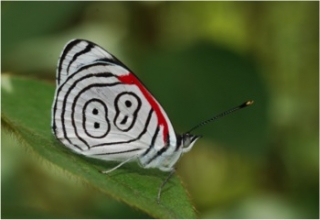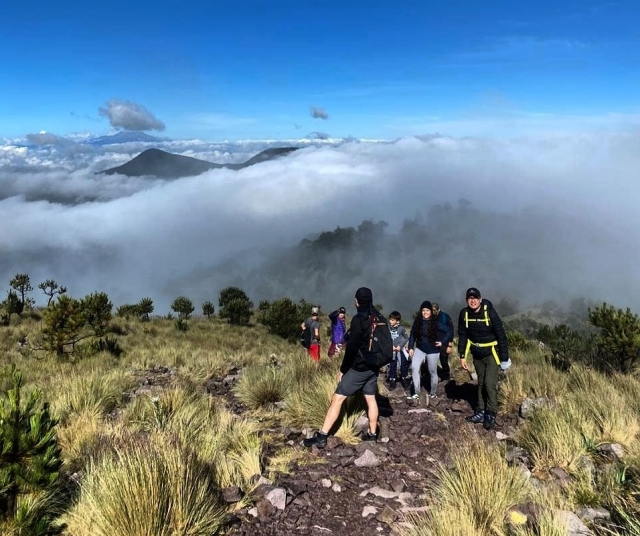
This rugged land is fringed by an archipelago and covered in dense forests, glaciers and rocky peaks. One of the most accessible areas is the Paine mountain range, designated as a National Park for years. Its spectacular landscapes have made it one of Chile's premier tourist and sporting attractions. To get there, you must fly from Santiago - the country's capital - to Punta Arenas (2,400 km between the two cities) and then from this small town to Puerto Natales. The final 130 km to Torres del Paine National Park are covered by road.

Park entry is regulated, requiring a small fee paid to rangers who not only guide visitors but also issue camping permits if you intend to pitch tents outside the three designated areas: Serrano, Petroe and Laguna Azul. The easiest way to explore the park is the circular trekking route, which is well-marked and encircles the entire massif. This journey takes approximately one week.

For convenience, simple shelters are placed along the trail that can be used for protection in bad weather or for overnight stays.
There are no food supplies available within the park except at hostels. Therefore, any provisions must be purchased in Punta Arenas. Water isn't a problem but requires purification.
The hiking season runs from mid-November to early March. Temperatures during this period are cold but not extreme. However, winds can reach speeds of 160 km/h, becoming the main challenge. There are no altitude issues, and no need for crampons or ice axes unless attempting a glacier ascent. Perhaps just a rope in case you need to cross unusually swollen rivers. Your tent must be waterproof and particularly wind-resistant. Quality boots and a "warm" sleeping bag are essential for temperatures that may dip slightly below 0°C.

The Torres del Paine are the park's iconic mountains. Paine Grande is the tallest of the three, exceeding 3,000 metres in altitude. The Cuernos are other magnificent mountains with extraordinary shapes. Four rivers cross or accompany the route: Francés, Paine, De los Perros and Grey.

There are also lakes: Sarmiento, Grey, Dickson, Nordenskjold, Paine... Don't miss Salto Grande, a spectacular waterfall transferring water between the last two. The lakes originate from the meltwater of two major glaciers called Ventisquero Dickson and Ventisquero Grey, both flowing from one of the world's largest ice fields: the Southern Ice Field, stretching over 300 kilometres. Regarding wildlife, wild pumas inhabit the park area, though encounters are rare.
















